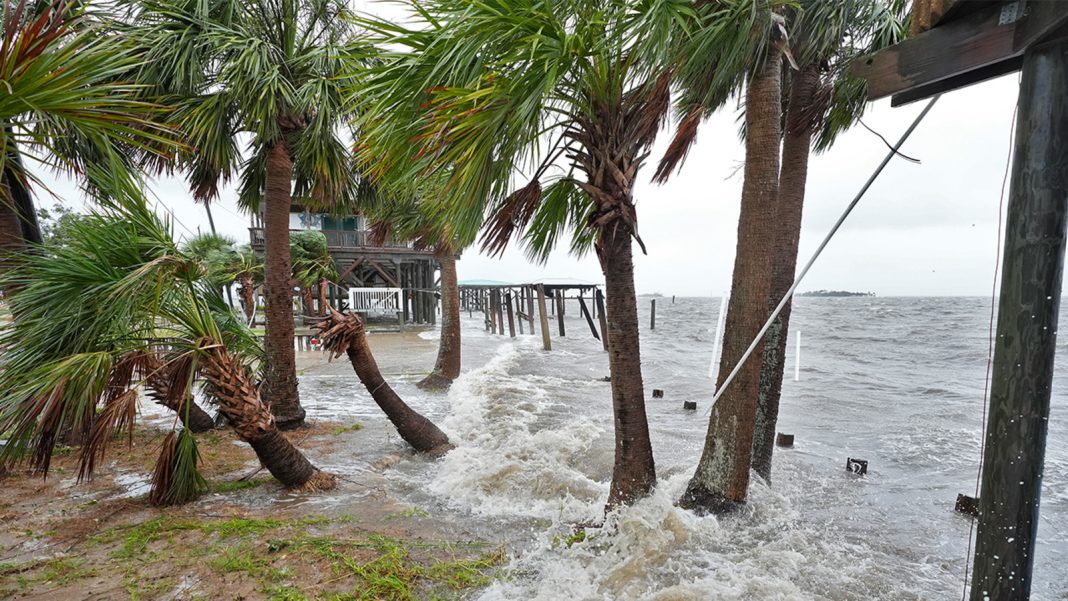In the sun-soaked expanse of California, home to nearly 39 million residents, the dream of homeownership is increasingly becoming a double-edged sword. With an impressive 43.5 percent of Californians owning homes, many are grappling with a pressing issue: the struggle to secure adequate homeowners’ insurance. The frequent and devastating wildfires that have ravaged this state have left insurers wary, leading to a significant tightening in the market and leaving homeowners in a precarious position.
Over the past five years, California has borne witness to 6,269 wildfires, scorching an alarming 995,829 acres and inflicting approximately $18.7 billion in property damage. This stark reality has not gone unnoticed; it has prompted seven of the state’s twelve largest insurance companies—including major players like State Farm, Allstate, and Farmers—to limit the issuance of new homeowners’ policies and in some cases, refuse to renew existing ones. For those who have managed to maintain their coverage, the financial burden has only intensified; for instance, State Farm recently received approval for a 20 percent rate increase, reflecting a staggering homeowners’ loss ratio of 84 percent in just the first nine months of 2023.
In response to this alarming trend, California’s Insurance Commissioner, Ricardo Lara, has proposed the Sustainable Insurance Strategy, a comprehensive plan aimed at reforming the state’s insurance landscape. The underlying premise of this strategy is to stabilize the insurance market, attract providers back to California, and ultimately protect consumers by expanding their options for coverage.
One of the critical components of this strategy is the transition from the FAIR Plan—a last-resort insurance option primarily for homeowners in high-risk areas—to the standard insurance market. The FAIR Plan, while essential, offers limited coverage, mainly focusing on fire, lightning, smoke, and internal explosions. It was never intended to serve as a long-term solution, yet a staggering 95 percent of homeowners currently on the plan have chosen to renew. The Sustainable Insurance Strategy aims to shift more individuals and businesses from this safety net into the conventional market, mandating that insurance companies write policies in high-risk wildfire communities.
For example, if an insurer has a statewide market share of 20 percent, they would be required to ensure at least 17 percent of those policies are in high-risk areas. Additionally, the proposed strategy seeks to expand the FAIR Plan’s commercial coverage limits to $20 million, addressing significant insurance gaps for homeowners’ associations, condominiums, and larger businesses, thus aligning with the state’s ambitious housing goals.
Another innovative aspect of the Sustainable Insurance Strategy is its integration of advanced catastrophe models in the rate-approval process. Historically, insurance companies have relied on a catastrophe factor based solely on past wildfire losses, which often resulted in exorbitant rate increases following significant disasters. This outdated methodology has failed to account for evolving climate-related risks and the proactive measures communities have implemented to mitigate them. By incorporating contemporary scientific research and environmental conditions into their assessments, the new strategy aims to provide more accurate and stable insurance rates.
Despite these promising developments, skepticism remains. During a recent virtual public meeting, concerns were raised regarding the transparency of the review process for these new regulations. Carmen Balber, the executive director of Consumer Watchdog, highlighted the potential pitfalls of exempting catastrophe models from California’s rate-transparency requirements. Such exemptions could lead to the perception of a lack of accountability in how these models influence policy rates.
As California prepares to roll out the Sustainable Insurance Strategy in December, the question looms large: Will this initiative succeed in persuading insurance companies to resume writing policies? Early indications suggest a positive response from insurers, particularly due to the inclusion of catastrophe models, which Lara asserts are long overdue. However, the true measure of success will ultimately depend on the strategy’s execution and its ability to provide tangible relief to the millions of homeowners navigating this insurance crisis.
In conclusion, while California’s Sustainable Insurance Strategy holds promise, its effectiveness will hinge on careful implementation and the cooperation of insurance providers. As the state grapples with the realities of climate change and its impact on the insurance market, homeowners can only hope that these reforms will lead to a more stable and accessible insurance landscape, allowing them to protect their homes and, by extension, their futures.

